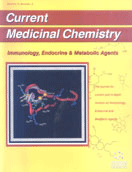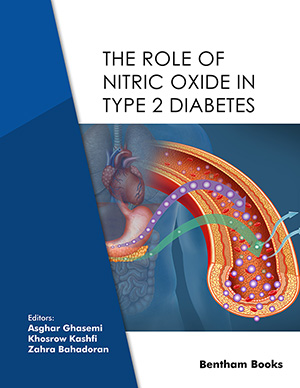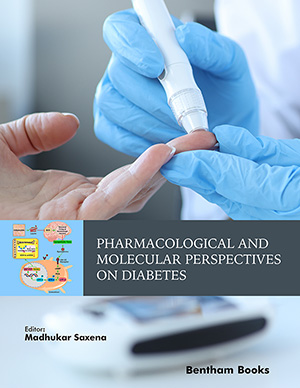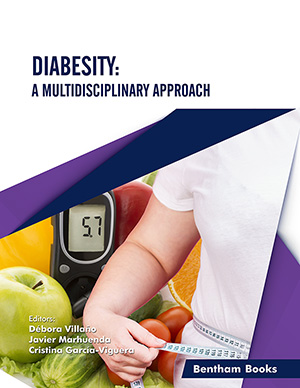
Abstract
Insulin analogs have largely replaced conventional insulin preparations and extensive clinical studies have confirmed the beneficial action profile of these artificial insulin molecules. Tight blood sugar control is a major goal of intensified insulin therapy and this can be obtained much more efficiently when using insulin analogs. Currently, three rapidacting insulin analogs are in clinical use based on either a change of the amino acid sequence (insulin lispro) or exchanges of one (insulin aspart) or two (insulin glulisine) amino acids. Insulin glargine was the first long-acting insulin analog with a well documented low risk of nocturnal hypoglycemia. Insulin detemir is the most recent insulin analog with a longacting profile based on esterification with a fatty acid. For all insulin analogs safety considerations are mandatory and must take into account both the IGF-I and the insulin receptor. Enhanced mitogenic activity and a tumorigenic potential of an insulin analog may involve increased IGF-I receptor signaling and/or sustained insulin receptor activation. Both insulin and IGF-I receptors are involved in the regulation of tumor cell growth. Further, insulin/IGF-hybrid receptors are abundant in these cells and additional studies will be needed to assess the role of these receptors in the long-term action profile and safety of insulin analogs.
Keywords: Insulin analogs, insulin receptor, IGF-I receptor, mitogenic signaling, hybrid receptors, tumor cells
 2
2








